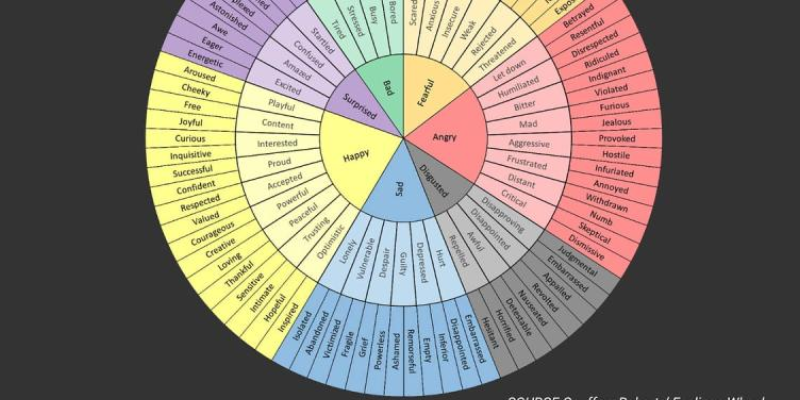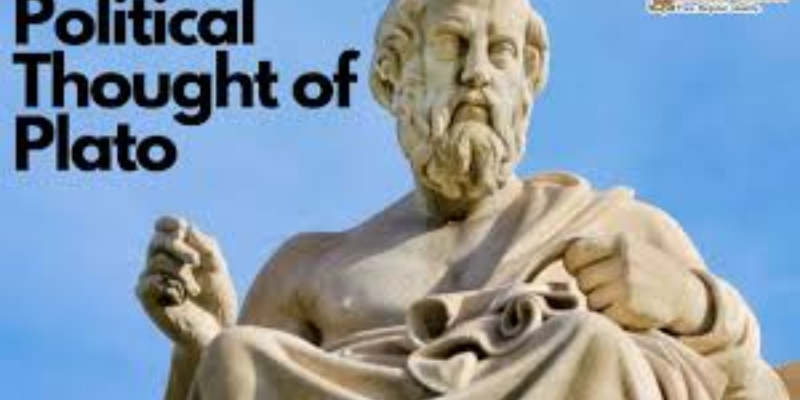Margate, Kent: A Seaside Town with Timeless Appeal
Located on the northeast coast of Kent, Margate is a historic seaside town that has captivated generations of holidaymakers with its blend of traditional charm and modern culture. From its sandy beaches to its thriving arts scene, Margate has evolved into a vibrant destination, while still retaining the nostalgia that first made it popular. As one of the original British seaside resorts, Margate’s appeal lies in its ability to balance the old and the new, offering visitors experiences that range from relaxing on the beach to exploring contemporary art galleries. A Rich Seaside Heritage Margate’s popularity as a seaside resort dates back to the 18th century, when sea bathing was believed to have therapeutic benefits. At this time, it became a premier holiday destination, especially for Londoners seeking the sea air. The completion of the Margate Harbour Arm in 1815 boosted tourism, enabling easier access for those arriving by boat (Hassan, 2016). Soon, Margate became one of the first UK towns to embrace mass tourism, with its Georgian and Victorian architecture reflecting the golden age of seaside holidays (Jarratt, 2017). The town’s main beach, with its golden sands and shallow waters, has long been one of its greatest attractions. Families enjoy sunbathing, swimming, and building sandcastles, while beachside cafes and deck chair rentals add convenience (UK Beach Guide, 2023). Another icon is Dreamland, the historic amusement park, opened in 1920. Famous for its vintage rides, including the UK’s oldest wooden roller coaster, Dreamland recalls the golden era of British holidays. Recently renovated, it now blends nostalgia with modern attractions, making it a favourite for young visitors and adults alike (Dreamland Margate, 2022). The Turner Contemporary and Artistic Revival In recent decades, Margate has undergone a cultural renaissance, led by the opening of the Turner Contemporary art gallery in 2011. Named after J.M.W. Turner, one of Britain’s most celebrated landscape painters, the gallery honours his deep connection with Margate’s seascapes (Warrell, 2014). Turner often praised the quality of light and North Sea views, which continue to inspire visitors (Turner Contemporary, 2023). The gallery has become a leading centre for contemporary and historical art, drawing international audiences. Its influence has fuelled an artistic revival across the town, particularly in Old Town Margate, where independent shops, cafes, and studios now flourish. This creative energy has transformed the town into a hub for innovation and inspiration (Thompson, 2019). Margate also celebrates its artistic identity through annual festivals, exhibitions, and events, which showcase local talent alongside global works. This cultural vibrancy, combined with the town’s heritage, makes it a unique destination for visitors interested in both history and modern creativity. Exploring Margate’s History Beyond its beach and art scene, Margate offers intriguing historical attractions. Chief among them is the Shell Grotto, an underground passage decorated with millions of shells in intricate patterns. Discovered in 1835, its origins remain a mystery, ranging from Victorian folly to pagan temple (Morris, 2015). Its enigmatic design continues to fascinate tourists and historians. Margate also has ties to Charles Dickens, who visited often. The dramatic Kent coastline inspired parts of his novel Bleak House. Today, visitors can tour Bleak House, perched on the cliffs, now a museum with panoramic views and exhibits on Dickens’ life (Keen, 2019). Modern Attractions and Amenities Margate’s historic charm is complemented by a range of modern attractions. Its culinary scene is flourishing, offering both classic fish and chips and innovative dining focused on locally sourced, seasonal ingredients. The Margate Farmers’ Market showcases regional produce and artisanal goods, making it a must for food lovers (Margate Farmers’ Market, 2023). The town’s bars, cafes, and pubs provide relaxed spaces, many with sea views, ideal for unwinding after sightseeing. Margate’s reputation as a cultural hotspot means that visitors can enjoy live music, theatre, and comedy on a regular basis (Visit Thanet, 2023). Accommodation is varied, ranging from boutique hotels and charming B&Bs to self-catering apartments. Many are housed in historic buildings, blending comfort with character and adding to the seaside experience (TripAdvisor, 2023). Why Visit Margate? 🌊 Golden Sands & Seaside Fun – Perfect for families and classic activities. 🎢 Dreamland Amusement Park – Vintage rides meet modern thrills. 🎨 Turner Contemporary & Arts Scene – World-class art and a thriving creative hub. 🏛️ Heritage & History – Explore the Shell Grotto, Bleak House, and historic streets. 🍴 Food & Drink – From fish and chips to local farmers’ markets. 🎶 Events & Entertainment – Festivals, music, theatre, and comedy. 🛏️ Stay in Style – Boutique stays, cosy B&Bs, and seaside apartments. Margate continues to shine as one of Britain’s most beloved seaside towns, offering a distinctive mix of heritage and contemporary appeal. With its beaches, artistic energy, historic landmarks, and modern lifestyle, it promises something for every traveller. Whether drawn by the nostalgia of its seafront amusements, the inspiration of its art, or the mystery of its history, Margate remains a timeless escape that delights visitors generation after generation. References Dreamland Margate (2022) “Dreamland Amusement Park”. [Online]. Available at: https://www.dreamland.co.uk. [Accessed on 24 Sept 2024]. Hassan, J. (2016) The Seaside, Health and the Environment in England and Wales Since 1800. Routledge. Jarratt, D. (2017) “Seaside Towns and Coastal Tourism: The Cultural and Economic Impact on British Seaside Resorts”. Journal of Tourism and Cultural Change. 15(4), pp. 352-367. Keen, R. (2019) “Charles Dickens and the Kent Coast: A Literary Journey”. Journal of English Literature. 34(2), pp. 112-130. Margate Farmers’ Market (2023) “Fresh Produce and Artisanal Goods”. [Online]. Available at: https://www.margatefarmersmarket.co.uk. [Accessed on 24 Sept 2024]. Morris, L. (2015) “The Mystery of Margate’s Shell Grotto: Investigating Victorian Folly or Ancient Temple”. Archaeology Journal. 72(3), pp. 184-195. Thompson, A. (2019) “The Rise of Margate: Art, Culture and the Seaside Revival”. British Art Journal. 16(2), pp. 89-101. Turner Contemporary (2023) “About Turner and the Gallery”. [Online]. Available at: https://www.turnercontemporary.org. [Accessed on 24 Sept 2024]. TripAdvisor (2023) “Best Places to Stay in Margate”. [Online]. Available at: https://www.tripadvisor.co.uk/margate-accommodation. [Accessed on 24 Sept 2024]. UK Beach Guide (2023) “Margate Main Beach: A Classic … Read more










